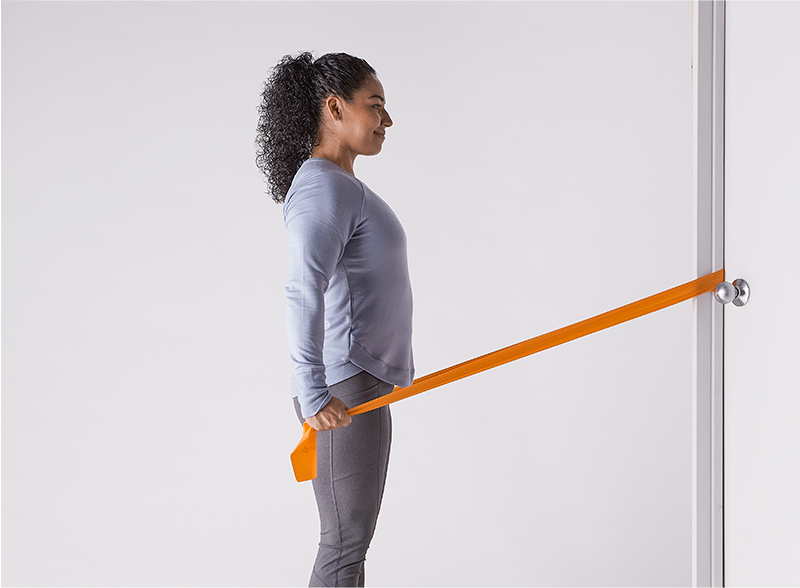How to do a straight-arm pulldown: a Hinge Health guide
Learn how to do a straight-arm pulldown exercise to help improve upper body strength, plus modifications to make it easier or harder.
0 $ pour vous
Date de publication : May 1, 2023
Table des matières
Tap into pain relief. Anytime, anywhere with our app.
Get exercises from a licensed physical therapist and more to relieve your pain. All right from your phone. At $0 cost to you.
Start your app tour